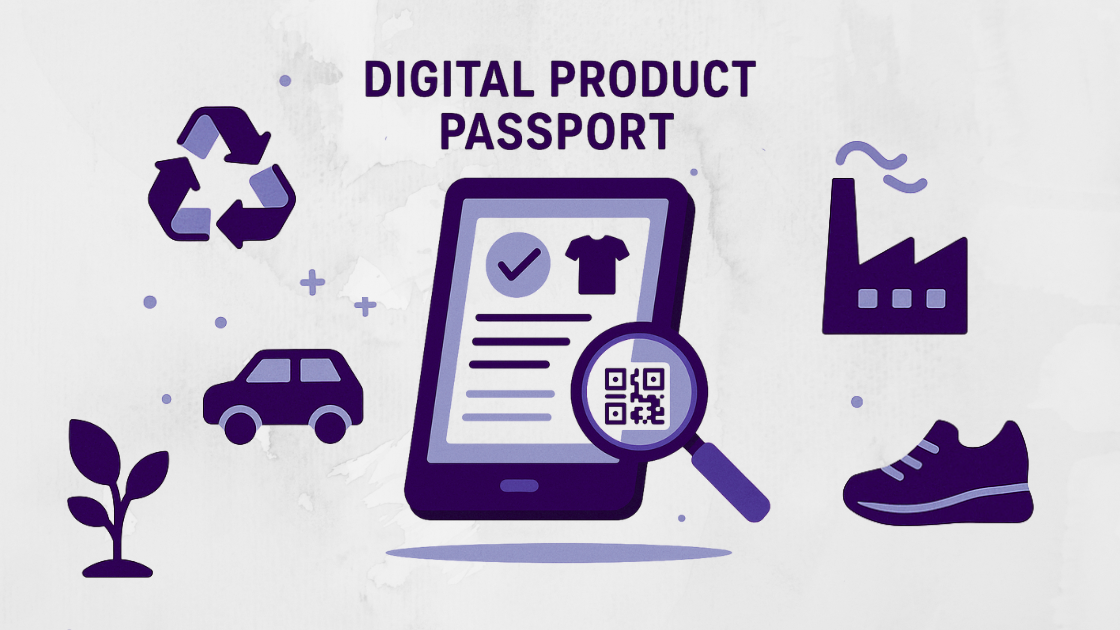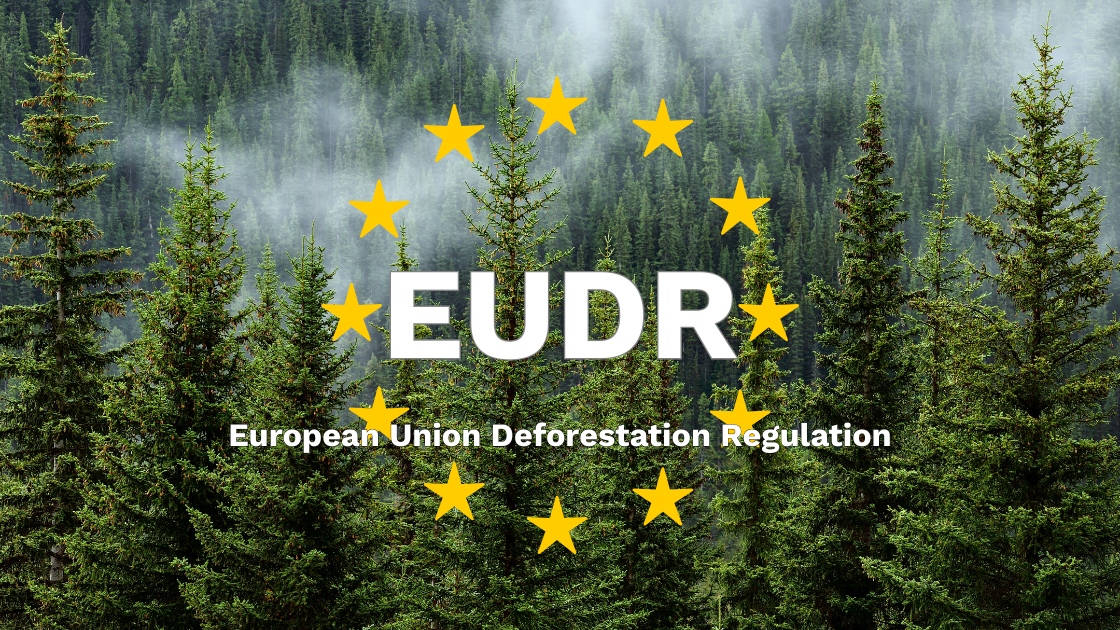New year, new obligations: What can SMEs expect in 2023?
With a new year comes a refreshed perspective. Therefore, as we welcome 2023, now seems the proper time for SMEs to prepare for the challenges that the next year will present and identify opportunities that can be utilised. This blog will help you as an entrepreneur in discussing the two trends that the year will be filled with.

Sustain(ability) or quit
The impact of geopolitical tensions around the world darkens the view of next year. We face a scarcity of raw materials and energy as supplies from around the world are under pressure. The global economy is resetting. That puts a number of things in gear or on the brakes. The energy transition that had been initiated to meet climate goals is being greatly accelerated under pressure from rising energy prices. SME entrepreneurs are looking for ways to save energy and make it more sustainable in order to continue producing.
But due to extraordinary price developments, energy-intensive SMEs in particular will face a huge challenge. In doing so, we also face an uneven international playing field. Some countries provide broader support measures than others. Entrepreneurs will have to make choices in the coming year. Hopeful choices, by making the transition to sustainability, or negative choices, by ceasing production or even going bankrupt. It will be a complicated year.
The war on talent
Another negative trend is the tightness in the labour market, the 'war on talent' that has erupted. It will be a tough challenge to find solutions to this. On the other hand, this trend will accelerate digitalisation and robotisation; investments in this area will become more attractive. But then you have to be able to invest. Labour-intensive industries such as hospitality or some manufacturing companies need to think about how to get more people working, or how to get people working more. This will also require them to look at groups they may not have had in mind before, such as the elderly.
The important thing is that when people work more, they get something out of it. This means above all that the cost of labour must be reduced because people keep very little of every euro of extra pay. Entrepreneurs cannot possibly compensate fully for the extremely high inflation they are currently experiencing. That is why it is good that politics is making plans to reserve and allocate money for purchasing power and to partially compensate for the high energy bill of households.
From intention to reality
All in all, there are several things to consider. With an average size of seven employees, SMEs often have little time to worry about the sustainable future of the particular business. Yet structurally putting in an hour a week could eliminate last-minute actions. By being aware of what is happening around you, you can enter the new year carefree. Although still a long way off, it is a good time to look ahead to the coming years: after all, sustainability reports will become mandatory for large companies starting in 2024, and medium and small businesses still have until 2026 to make the necessary changes.
Eevery
Eevery's sustainability platform acts as a guide through the maze of laws and regulations, this year and next. The sustainability measurement is calibrated to recent developments in the field of sustainability. In this way, we hope to give entrepreneurs the peace of mind and clarity they are hoping for.
Want to know more about the upcoming laws and regulations? Subscribe now and read the latest news for SMEs, ESG and sustainability.



